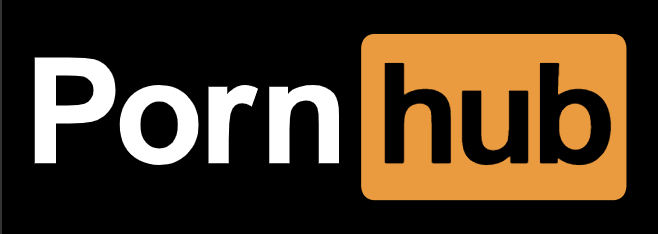Windows 8 Pin METAs
Windows 8 allows for adding websites as apps (or maybe "bookmarks" is a better term) to the home screen, much in the vein that iOS allows users to do the same. Like iOS devices, Windows 8 allows users to accomplish this same task using custom META tags embedded within the page HTML:
<meta name="msapplication-TileColor" content="#FF0000" />
<meta name="msapplication-TileImage" content="/windows8-icon.png" />
The image size should be 144x144 and you'll want to define a custom background color with the META tag above. Tags like these are invaluable -- very little HTML to add but a giant convenience to users. Remember that the easier it is to get to your site, the more likely they will come back often!
![Animated 3D Flipping Menu with CSS]()
CSS animations aren't just for basic fades or sliding elements anymore -- CSS animations are capable of much more. I've showed you how you can create an exploding logo (applied with JavaScript, but all animation is CSS), an animated Photo Stack, a sweet...
![Interview with a Pornhub Web Developer]()
Regardless of your stance on pornography, it would be impossible to deny the massive impact the adult website industry has had on pushing the web forward. From pushing the browser's video limits to pushing ads through WebSocket so ad blockers don't detect them, you have...
![CSS Text Overlap]()
One of the important functions of CSS is to position elements.
Margin, padding, top, left, right, bottom, position, and z-index are just a few of the major players in CSS positioning.
By using the above spacing...
![CSS Selection Styling]()
The goal of CSS is to allow styling of content and structure within a web page. We all know that, right? As CSS revisions arrive, we're provided more opportunity to control. One of the little known styling option available within the browser is text selection styling.




I wonder if there are HTTP headers that allows to do the same.
How do you actually go about adding the website as an app in windows 8?
Even though we *can* do this… it really bugs me that we have 8 different ways to set this kind of stuff per browser/device.
IMHO, it would have been much better if all browsers used the same “link” “favicon” in PNG/GIF/JPG format… and it had attributes for different size icons (device/browser to choose the best size for its needs)
Instead we have IE searching the at the server root for an icon in *.ico format, special meta tags for iOS, different tags for Windows8, etc. From a *lightweight* mobile perspective… cramming umpteen meta tags in to handle all the potential devices is totally counter productive!
Oh well… I guess this is progress!
why iOS allows users to do the same.
I agree with Stephen, with every other OS and social media site adding their own meta tags it’s bloating up the element.
That should have read head element.